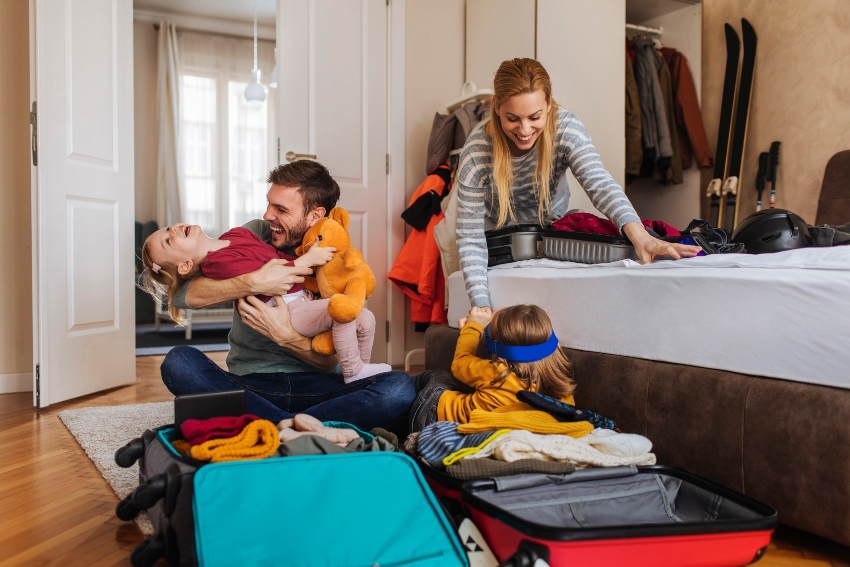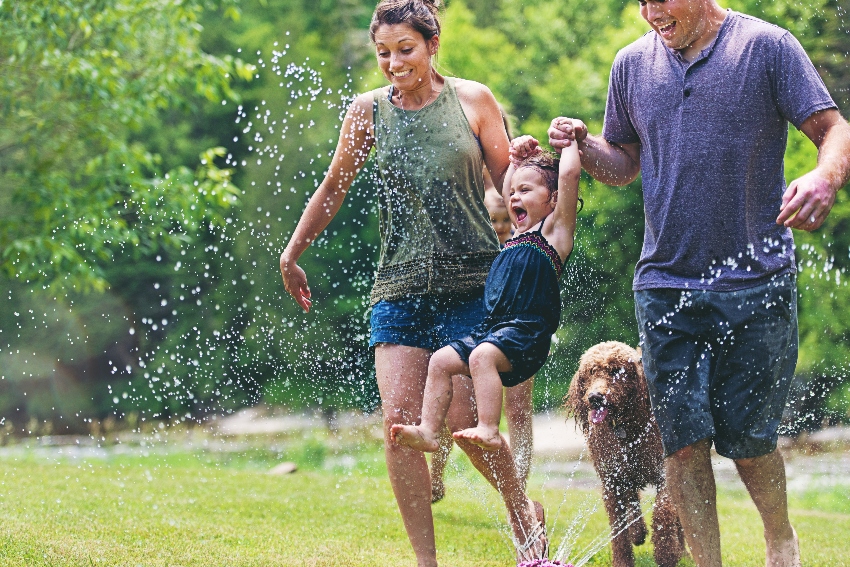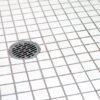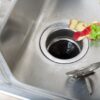Category: Faucets & Toilets

Plumbing Checklist for Winter Trips and Snowbirds
We all know how unbearable Minnesota winters can be, and the bitter cold and harsh weather place extra stress on our plumbing systems as well. If you’re planning an extended getaway this season, use this plumbing checklist for winter trips and snowbirding to help prevent disaster while you’re gone.
Shut Off Main Water Valve and Drain Remaining Water
Flooding and expensive water damage from a burst pipe is typically the biggest concern for homeowners leaving their house vacant in the winter. To prevent this, first locate and shut off the main water valve. Then, turn on all the faucets around the house to drain all water from the pipes. Leave them open until you return home.
Set the Thermostat and Open Cabinets and Closets
Extreme cold is no stranger in our state. Many homeowners try to save money in the winter by lowering the thermostat, but remember that the risk of frozen pipes in exterior walls gets higher as the setting gets lower. If you’ll be gone for an extended period of time, it’s recommended to set the thermostat no lower than 55 degrees.
Additionally, you should open cabinet and closet doors so warm air can reach hidden pipes. If you’re a snowbird leaving the home vacant all season long, consider insulating exposed pipes for additional protection, especially if you decide not to run your HVAC system while you’re away.
Protect Outdoor Plumbing
It can be easy to forget about outdoor plumbing during winter but prepping it for the harsh weather is crucial when you’ll be away. After you disconnect, drain, and store all hoses for the year, close the shut-off valve. This may be separate from the main valve for outdoor spigots, faucets, etc. Drain the lines and leave them open. If you have an outdoor faucet with a back-flow prevention device, make sure it’s disconnected so the water line drains.
Prepare Your Sump Pump
Don’t neglect your sump pump and come home to a wet basement. Clear out any debris in the sump pit to help prevent clogs. Keep the pump plugged in but be sure to remove the discharge hose to prevent freezing during the winter. Make plans with a friend or family member who can reattach it for you should a warm front or rainstorm come through while you’re away (especially if there’s a chance you’ll still be away when the spring thaw begins). As an added safeguard, consider having a battery backup and extra discharge hose handy in case there’s a power outage or other emergency.
Seal Off Your Crawl Space
Crawl spaces typically provide access to electrical, plumbing, ventilation, and gas line hook-ups beneath homes without basements or concrete foundations. Freezing cold winter air enters via open vents and air leaks and increases the risk of frozen pipes, decreases heating efficiency of the home, and rapidly cools the floors above. If you have a crawl space, cover vents with custom-cut cardboard and duct tape and use caulk to seal any leaks you find.
Seal Cracks and Seams on Exterior Walls
Cold outdoor air can also sneak into the home through cracks in the exterior or foundation. Check around your house and seal any potential leaks with caulk to help protect against frozen pipes. Pay extra attention to surfaces near windows and doors. Also, double-check that all windows and doors are shut AND locked to ensure a tight seal.
Ensure Gutters and Drainage Routes are Clear
Make sure water from melted snow or surprise rainfall can be safely guided away from the home. Double-check that your gutters and drain spouts are secure, in good working condition, and clear of clogs and debris.
Make Plans for Monitoring
Once you’ve done all your preparation, don’t just hope everything goes to plan. Consider talking to your local plumber about remote monitoring systems for safety and peace of mind. Notify close friends, family, and neighbors that you’ll be away so they can keep an eye out for any trouble. If you’re comfortable doing so, it’s a good idea to give someone you trust a spare key so they can check on the home, update you regularly, and help in case of an emergency.
‘Tis the season of shorter days, holiday arrangements, and bitter cold. Around here, we know winter can be a mixed bag of good and bad. And for many of us, a getaway to someplace warm gets us through it. Just remember to prepare! Use this plumbing checklist for winter trips to help keep your home protected until you return.
Need help prepping your home for winter? The master plumbers at Robillard Plumbing are here for all your plumbing service and product needs. Contact us to learn more.
Read More
Summer Plumbing Preparation Tips
Warmer weather and longer days are finally upon us here in Minnesota. As we make the official transition to summer, it’s important to make sure our plumbing is as ready for the season as we are. Use these summer plumbing preparation tips to help protect your home from major problems down the road.
Summer Plumbing Preparation Checklist
- Test outdoor faucets and hose bibs (spigots). If any of them drip or you notice leakage inside the home the first time the hose is turned on, there may be a pipe that froze in the winter, cracked when it thawed, and needs to be replaced.
- Clear debris from yard drains and gutters/downspouts. Pine needles, leaves, and other debris can build up in these systems over the long Minnesota winters. Be sure rain and wastewater can flow freely away from the house to prevent leaks and backups that can cause water damage.
- Remove obstructions from sprinkler system. Clogged sprinkler heads can lead to increased water pressure and potentially burst the system’s water main. Clear any blockages now, and remember to check for dirt, grass clippings, and other obstructions throughout the season.
- Make sure your sump pump is clean and working properly. Dump a bucket of water into the sump pit to see that it activates, safely removes the water, and shuts off without issue. Make sure the line is clear of debris and consult the owner’s manual for cleaning. Contact your local plumber if you detect any issues to prevent potential flooding.
- Check toilets for damage and operation issues. Thoroughly inspect the bowl and tank for cracks/leaks that need to be fixed. Make sure toilets flush properly – if the handle needs to be held down for a thorough flush or frequently runs after flushing, you may need to replace worn tank parts. Make these inexpensive fixes now to prevent costly repairs or replacements later on.
- Inspect faucets for drips or leaks. They may seem small, but the extra (and unnecessary) water use will add onto your bill. Identifying these simple repairs early on can also help prevent more expensive issues in the future.
- Check exposed and exterior water pipes. Piping located in basements, below sinks, outdoors, and in your exterior walls are more susceptible to freezing in the winter. Make sure they’re free of cracks and leaks.
- Test your home’s water pressure. Make note of the water pressure when you take showers or use a sink. If it’s low, there could be a leak somewhere in your system that should be addressed by a plumbing professional.
- Schedule professional drain testing/cleaning. Clogged drains can lead to backups and other major issues, so plan ahead. We recommend homeowners have their drains tested and cleaned every two years, or sooner should they notice a problem.
- Pour a gallon of water into infrequently used drains (including floor). This will fill the trap and prevent odors from entering the home, and also let you see if the drains are slow and need to be snaked or cleaned to ensure proper draining in the event of a flood.
- Check your water heater. Make sure the temperature is no higher than 120 degrees to reduce energy use and prevent scalding water. Drain several gallons of water to flush harmful, corrosive sediment from the unit. If you notice any signs of corrosion or leaks (i.e. puddles on the floor, rust or soot by the control panel) and/or your unit is 15 years or older, consider replacing your water heater.
- Turn the main water valve off and on. Left untouched, the valve can become difficult to turn over time. Simply close and reopen the valve to prevent its parts from sticking in place in case you ever need to shut off the supply.
While it’s impossible to guarantee you will never face plumbing issues as a homeowner, being vigilant and understanding what to look for can greatly reduce the risks. Use these summer plumbing preparation tips to help keep your home safe while you and your family enjoy the season. From inspections and installations to emergency repairs and replacements, you can rely on the master plumbers at Robillard Plumbing for all your plumbing service and product needs. Contact us to learn more.
Read More


